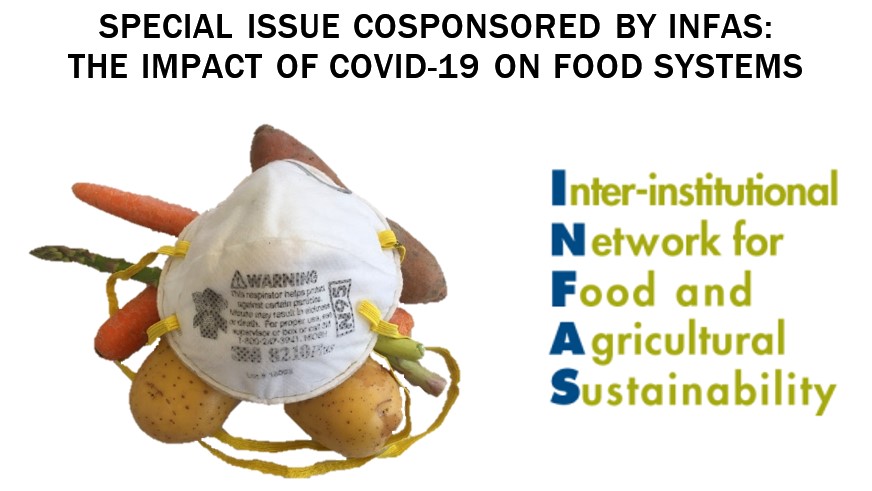Missouri's specialty crop beginning farmers cultivate resilience during COVID-19
DOI:
https://doi.org/10.5304/jafscd.2021.102.052
Keywords:
COVID-19, Coronavirus, Disruption, Extension, Food System, Online Training, Pandemic, Small Farmer, Beginning Farmers, Specialty Crop, StrikeForceAbstract
The pandemic placed extraordinary demands on agricultural producers and created unexpected challenges for southern Missouri farmers, and pushed the University of Missouri Extension (MUE) to implement new and innovative approaches to help farmers persevere through the crisis. In surveys and reports, farmers have indicated several changes caused by the pandemic that impact their businesses, such as increase in local food demand, reduction in on-farm labor, and limitations on hosting on-farm visits with customers. The MUE StrikeForce project team, a U.S. Department of Agriculture strategic initiative, continued to serve farmers by developing alternative educational opportunities that incorporated social distancing and other preventative actions, and were of immediate use to farmers in a crisis. Several of the educational approaches, including video conferencing, online teaching, digital recordings, video repositories, social media communications, pick up and drop off locations, and the use of multiple online viewing platforms such as Zoom recordings have proven to be effective in helping farmers sustain their businesses and have substantially increased access to programming across the state. The convenience of accessing education and learning opportunities online also appealed to more participants. Overall, online educational delivery was positively received by producers, demonstrating the efficacy of digital learning when paired with offline resources and support from the StrikeForce project team. After the pandemic ends, MUE will continue to implement these approaches. Nevertheless, the traditional Extension approach of one-on-one consulting and farm visits cannot be completely replaced by online educational programming. The pandemic has highlighted inequities faced by many rural Missouri farmers that lack dependable internet or cell phone network access, and had no access to StrikeForce programming when face-to-face visits were paused.
Metrics

Downloads
Published
How to Cite
Issue
Section
Categories
License
Copyright (c) 2021 The Authors

This work is licensed under a Creative Commons Attribution 4.0 International License.
The copyright to all content published in JAFSCD belongs to the author(s). It is licensed as CC BY 4.0. This license determines how you may reprint, copy, distribute, or otherwise share JAFSCD content.











